I’ve made a lot of mistakes over the years when it comes to buying mic stands…
In this post, you’re going to learn how to avoid those mistakes so that you don’t have to waste your money.
By the way, this post is sponsored by zZounds. They were kind enough to send me some K&M microphone stands to add to my collection. More on these stands later…
Mistake #1
The first thing you need to be aware of is that there are different types of mic stands. It’s important to understand each type before moving forward.
Straight Microphone Stands
A typical straight mic stand is designed to be placed on the floor with either a heavy round base or a tripod.
My favorite straight stands with a round base are the AtlasIED MS-10CE and the AtlasIED MS20E.
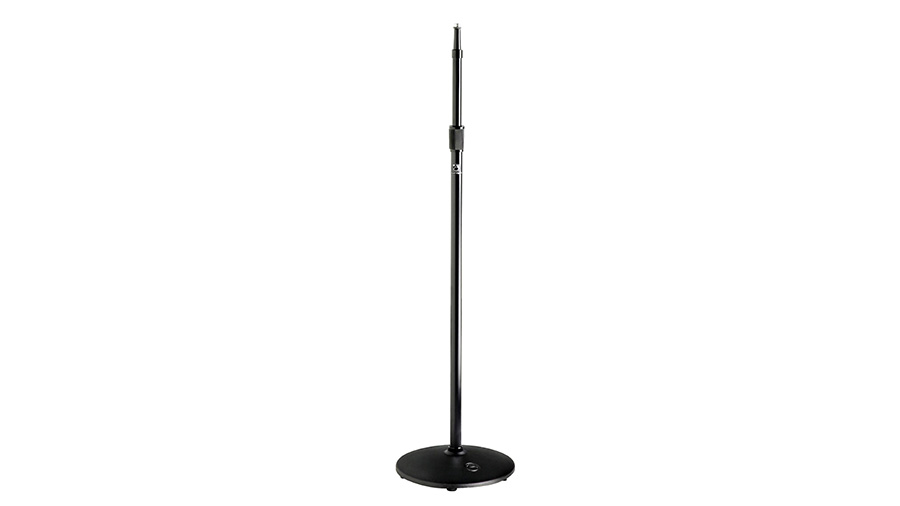
In live sound, these are usually the best option for announcers and speakers who may want to take the microphone off of the stand and walk around the stage. That’s because they are very simple to use. Straight stands are also a good choice for lead vocalists who do not play an instrument.
In the studio, I will sometimes use a straight stand for microphones that don’t need to be particularly close up to the sound source, such as a mic in front of a drum kit or a stereo microphone.
Boom Microphone Stands
Boom stands are generally much more useful because they can do everything straight stands can do, plus some. If I just need a straight stand, I can always simply remove the boom attachment from my boom stand.
More times than not, the boom attachment is helpful because it allows for more flexibility in micing things without getting in the way of the performer.
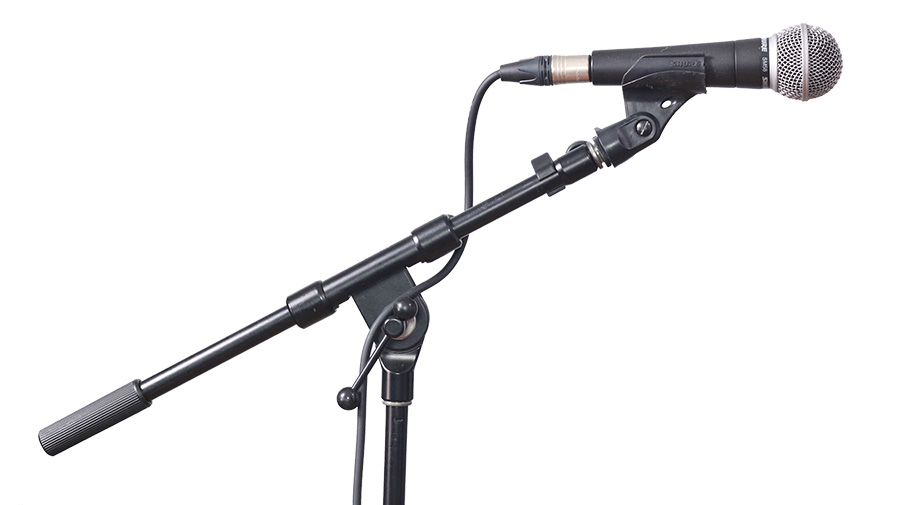
For example, a boom stand is great for vocalists who play guitar or piano. The vocal mic can be close to the performer while providing enough space for their instrument or pedalboard in front of them.
When placing mics on a drum kit, boom stands are essential because you can get the microphones into the correct position even if you need to weave through a few cymbal stands.
Desktop Microphone Stands
As the name implies, desktop stands are useful for placing microphones on desktops and lecterns, but they are also useful for placing mics close to the ground for a kick drum.

I prefer the desktop stands with rectangular bases because they tend to be much more stable than some of the round-base desktop stands.
Although, one issue you’ll face with desktop stands on a desk is cable management. Unless you are using a wireless microphone, the cable from the mic ends up running across the desk getting in the way.
Broadcast Microphone Arms
If you have the option to mount a broadcast arm to the desk, this is usually a better solution because it keeps the stand and the microphone cable off of the desk space.
Broadcast arms are also perfect for podcasting and radio because they are easy to adjust without creating much handling noise.
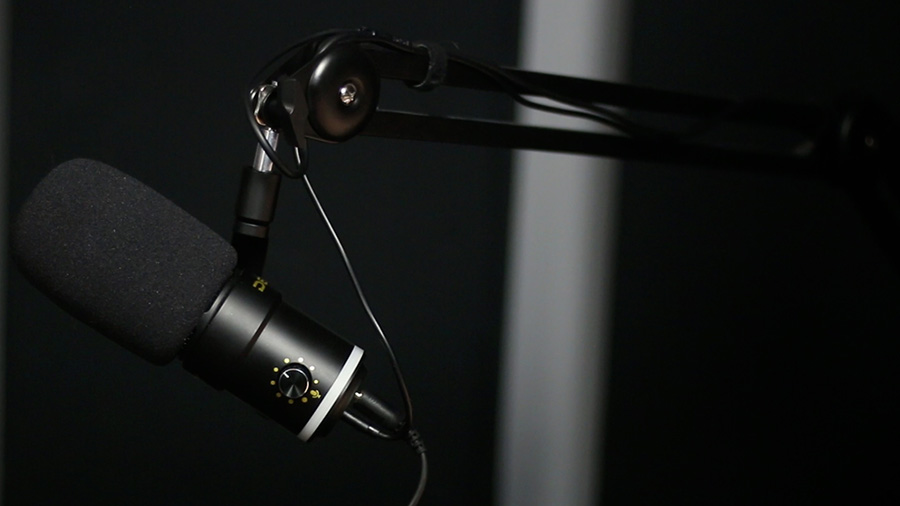
Mistake #2
The second mistake is buying a stand that is too tall or too short for the source you’re recording. Unfortunately, it’s basically impossible to find a stand that is the correct size for every instrument.
I’ve got a few stands here to accommodate each situation…
Extra Tall Microphone Stands
I use this extra tall, heavy duty stand for overhead microphones on drums or anytime I need to hold a heavy microphone with the boom extended to the max length.
This is my go-to mic for holding my shotgun microphone when I shoot my videos, because the stand is tall enough to hold the mic where I need it without getting into the camera frame.

Standard Microphone Stands
A standard-height mic stand is a good height for vocalists, either standing or sitting.
This height is well-suited for placing microphones on pianos, acoustic guitars, and many other instruments that are typically located waist-height or higher.
These stands can also be used for drum overhead mics, and they are more portable than the extra tall stands I showed you earlier.

Short Microphone Stands
Sometimes a regular-height stand is too tall. Even with the boom fully extended downward, the microphone isn’t quite low enough.
When placing microphones on guitar amps, snare drums, or other instruments which sit relatively low to the ground, it’s best to use a short stand with a boom.
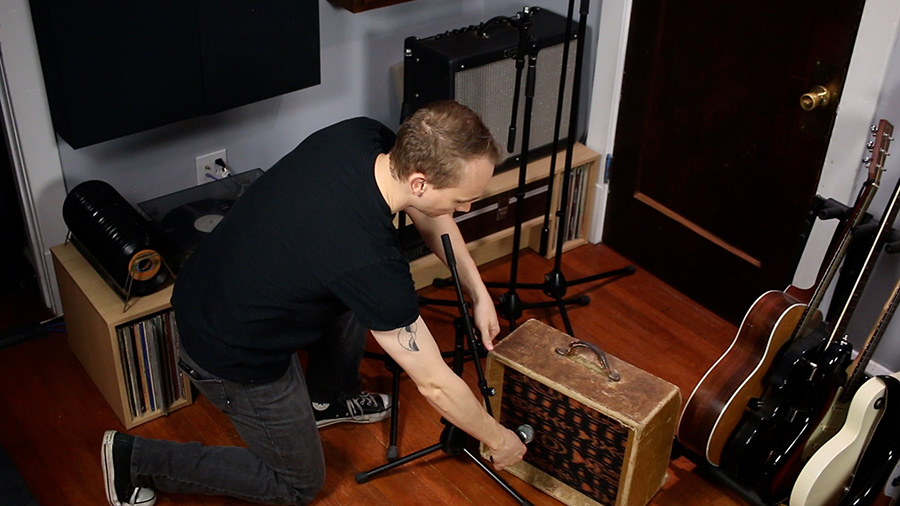
Mistake #3
By far, the biggest mistake I’ve made is trying to buy the cheapest microphone stands available. I get it – mic stands aren’t that exciting. You may be tempted to prioritize everything else over your mic stands, but I would caution you against that.
First of all, placing an expensive microphone on a cheap mic stand is a recipe for disaster. High quality stands offer much more stability and will keep your microphones safe.
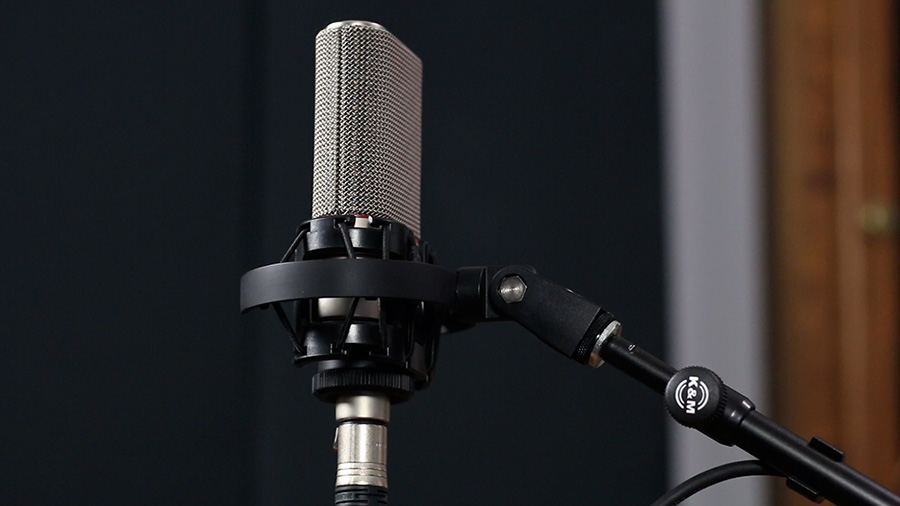
Second, cheap mic stands tend to slip when you extend the boom past a certain point especially when using a heavy microphone.
You should’ve seen the stands that my band used in high school. We didn’t want to waste the little money we had on more expensive stands, but when those stands inevitably started to slip we realized that you get what you pay for when it comes to mic stands.
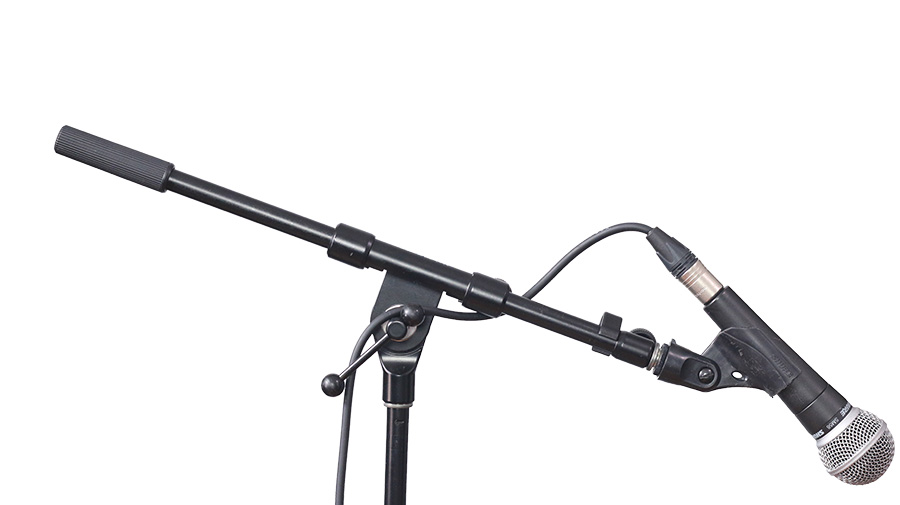
A few ruined recordings and several rolls of duct tape later, I finally learned that investing in a nicer stand is well worth it if you have the money to do so.
My recommendation is the K&M brand. They have heavy, stable bases and the hardware is much more rugged than cheaper stands.
If you’re on a tight budget, you can go with the On-Stage. On-Stage stands have a decent build quality, but the difference is still night and day when compared to K&M stands.
Here are the stands I recommend:
